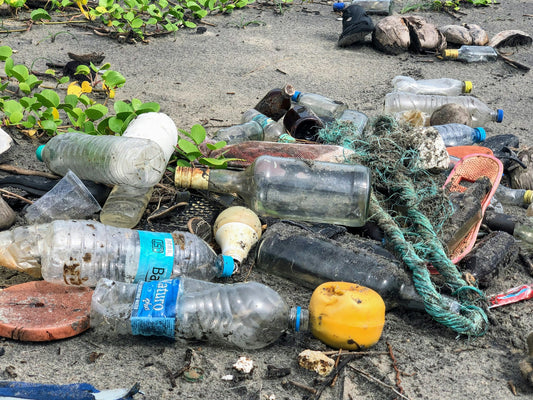Share
Understanding the Shift: How Consumer Trends are Shaping Sustainability Practices
Have you ever wondered how your purchasing decisions impact the planet? As consumer awareness of environmental issues grows, so does the demand for sustainable practices across industries. In fact, recent studies show that consumers are increasingly prioritizing sustainability in their buying choices, leading to a significant shift in market dynamics. This article explores how these consumer trends are shaping sustainability practices and what businesses can do to adapt.
Why Understanding Consumer Trends is Crucial for Sustainability
Aligning business practices with consumer demands is no longer optional; it’s essential for survival in today’s market. According to a Harvard Business Review article, consumers are increasingly vocal about their expectations for sustainability, pushing brands to rethink their strategies. Companies that fail to adapt risk losing market share to more environmentally conscious competitors.
The Rise of Eco-Conscious Consumers
The demographic landscape of eco-conscious consumers is diverse, spanning various age groups and backgrounds. However, a significant portion of this group consists of millennials and Gen Z, who are particularly motivated by environmental issues. A report from Deloitte Insights highlights that these consumers are willing to pay more for products that align with their values, such as eco-friendly products and sustainable practices.
- Over 70% of consumers are willing to change their shopping habits to reduce environmental impact.
- Eco-conscious consumers often research brands before making purchases, seeking transparency in sourcing and production.
Social Media's Role in Shaping Sustainability Choices
Social media has become a powerful tool in influencing consumer perceptions and choices regarding sustainability. Viral campaigns promoting sustainable products can quickly gain traction, leading to increased awareness and sales. For instance, brands that effectively utilize platforms like Instagram and TikTok to showcase their sustainable practices often see a boost in consumer loyalty.
Consider the impact of campaigns that highlight the dangers of single-use plastics. As discussed in the article Why Do We Use So Much Plastic?, the rise of single-use plastics is driven by convenience, but social media is helping to shift consumer attitudes towards more sustainable alternatives.
Case Studies: Brands Leading the Way in Sustainability
Several brands have successfully adopted sustainable practices, setting examples for others to follow. For instance, companies like Patagonia and Unilever have integrated sustainability into their core business strategies, resulting in increased consumer loyalty and market share. According to McKinsey & Company, these brands not only appeal to eco-conscious consumers but also benefit from reduced operational costs through sustainable practices.
Key Takeaways from Successful Brands:
- Transparency in sourcing and production builds trust with consumers.
- Investing in sustainable materials can lead to long-term cost savings.
- Engaging storytelling about sustainability efforts resonates with consumers.
Future Trends: What to Expect in Sustainable Consumerism
As we look to the future, several trends are emerging in sustainable consumerism. Regulatory pressures are increasing, pushing companies to adopt more sustainable practices. Additionally, technological advancements are making it easier for businesses to track and reduce their environmental impact.
For example, the rise of bioplastics is largely due to consumer demand for eco-friendly packaging solutions. These materials are gaining popularity as consumers seek alternatives to traditional plastics.
How Businesses Can Adapt to Changing Consumer Demands
To stay competitive, businesses must adapt to the changing landscape of consumer preferences. Here are some actionable strategies:
- Invest in Sustainable Practices: Transitioning to eco-friendly materials and processes can enhance brand reputation.
- Engage with Consumers: Use social media to communicate sustainability efforts and gather feedback.
- Educate Your Audience: Provide information on the benefits of sustainable products to encourage informed purchasing decisions.
Start Your Sustainability Journey Today
As consumers, we have the power to drive change through our purchasing decisions. By choosing brands that prioritize sustainability, we can collectively make a significant impact on the environment. Resources such as The Big Recycling Lie can help you understand the complexities of plastic use and recycling, empowering you to make more informed choices.
In conclusion, understanding consumer trends is crucial for shaping sustainable practices. As we continue to navigate this evolving landscape, both consumers and businesses must work together to create a more sustainable future.
We hope you enjoyed this article. Please feel free to leave a comment below if you want to engage in the discussion.
If you want to read more like this, make sure to check out our Blog and follow us on Instagram. If you are interested in truly sustainable products, check out our Shop.








